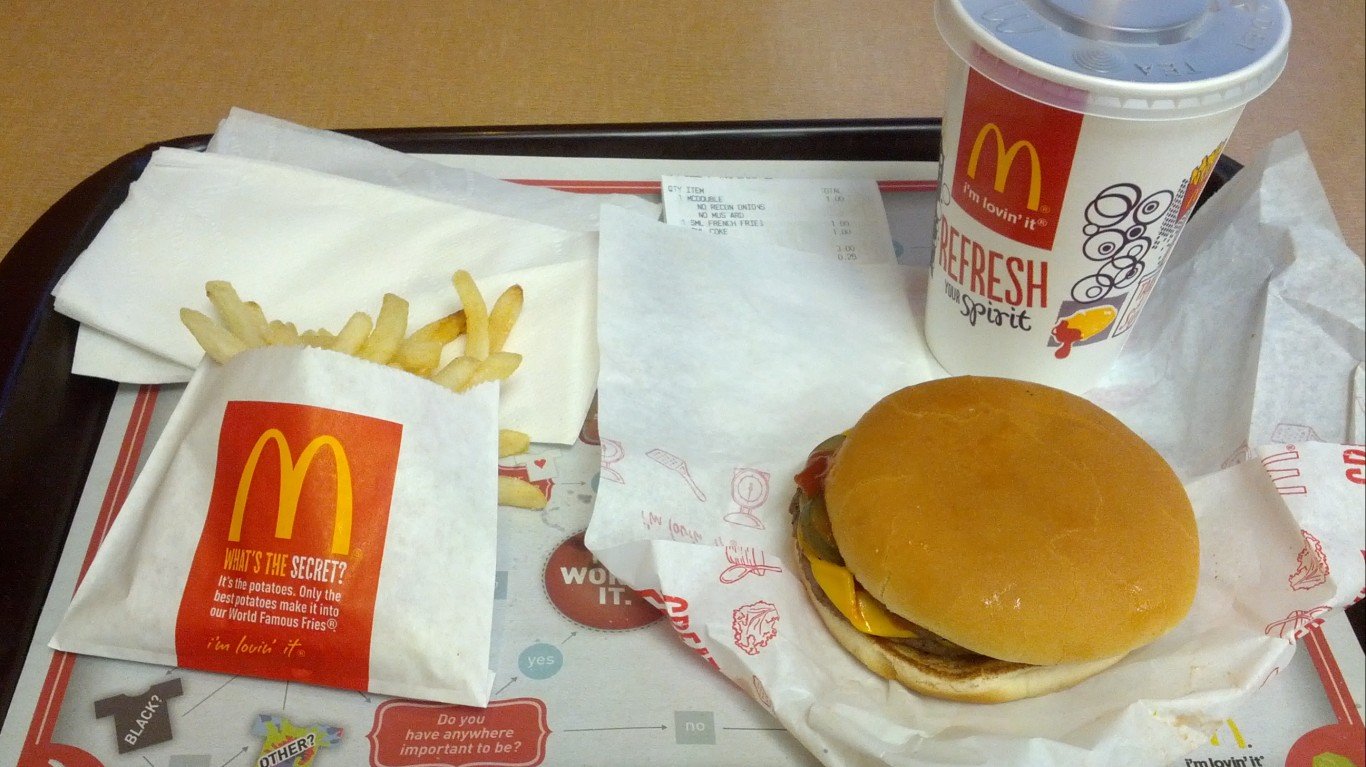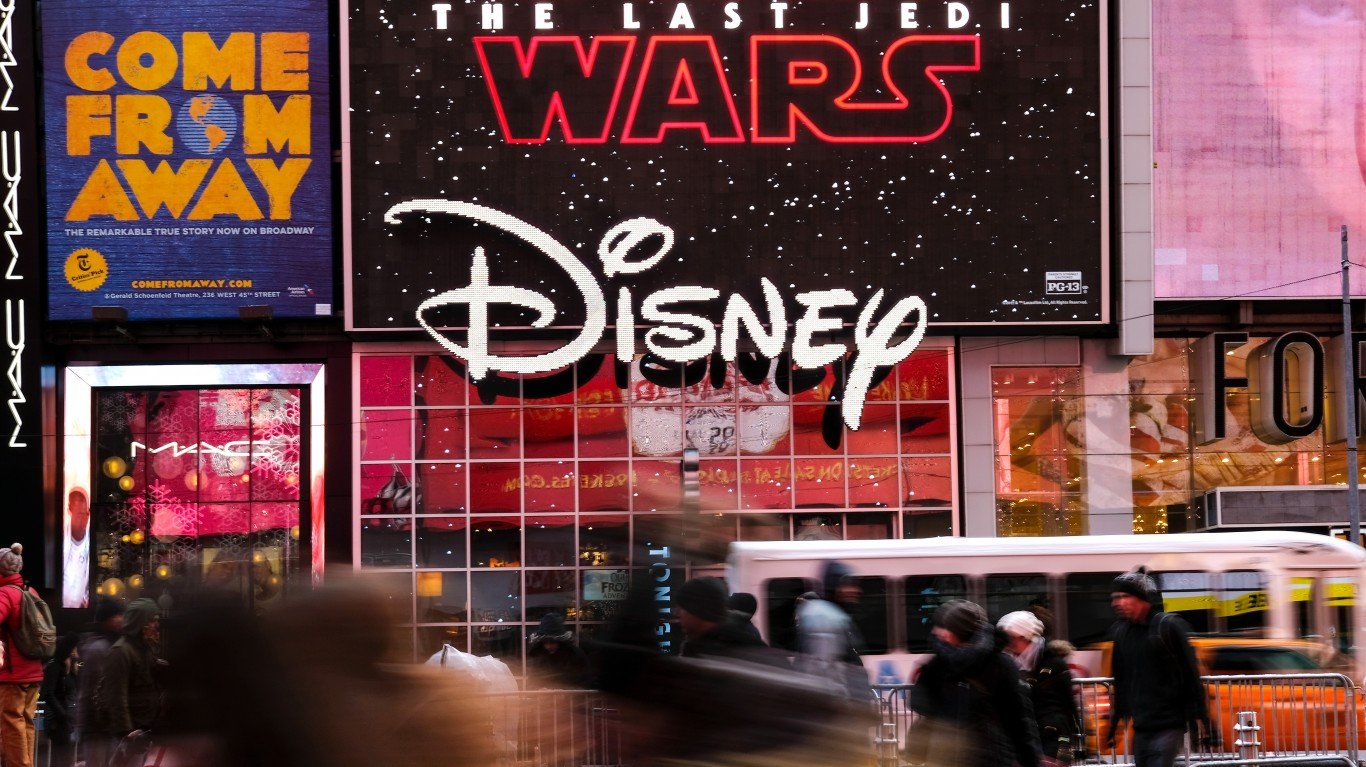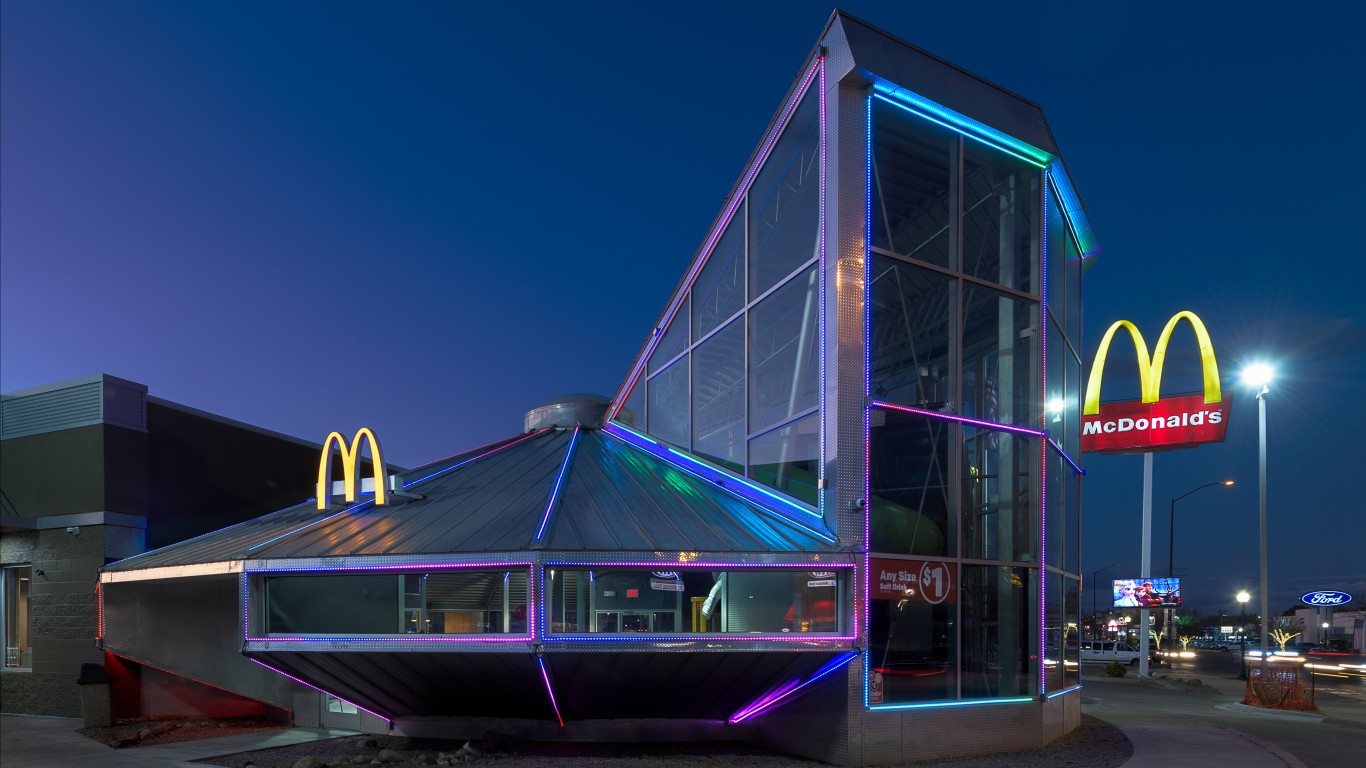

Is there any more recognizable logo in the world than the Golden Arches? McDonald’s is a well-oiled machine when it comes to pumping out mediocre burgers, fries, and chicken, and its universal presence and availability have turned it into a household staple all over the world. Most people aren’t living in delusion about McDonald’s or the food it’s cooking (we all know it isn’t healthy), but that doesn’t mean it isn’t valuable to see it all laid out. Today, we’re going to look at some of the reasons you maybe should consider avoiding McDonald’s today, some health-related and some not. In the end, the decision to dine there, as always, is up to the consumer, but well-rounded information is always important in the decision-making process. Let’s get started.
To compile this list, 24/7 Wall Street gathered recent data from news publications and public legal records and used some editorial discretion and personal experience.
1. You Need To Cut Sugar and Salt From Your Diet
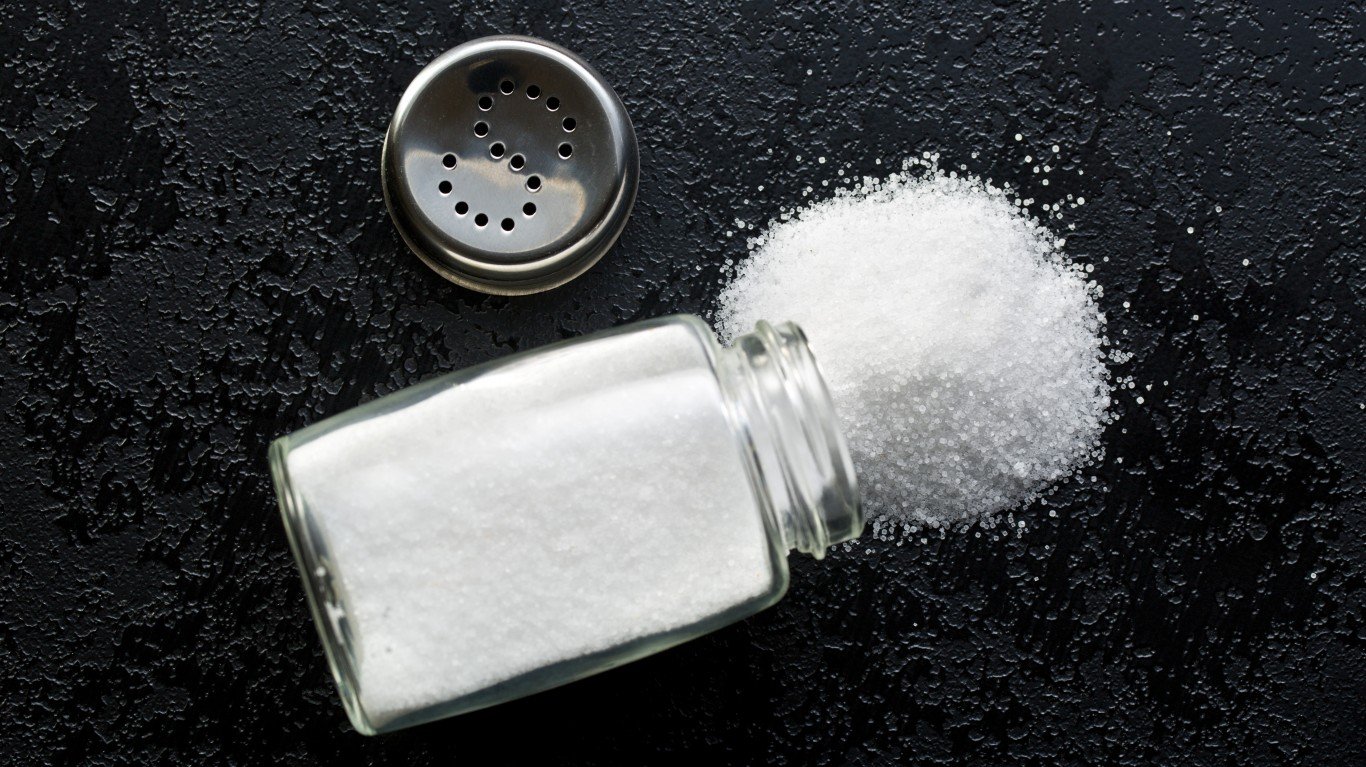
It’s no secret: McDonald’s isn’t a great place to eat when you are looking to be healthy. That being said, “health” isn’t as obvious as “eat this food, don’t eat that food,” but most experts agree that McDonald’s doesn’t make the cut by a few metrics. One of the most important elements contributing to the less-than-ideal food here is the added salts and sugars included in almost every single food.
Salt and sugar are essential for proper bodily function, but in excess, they can cause heart disease, obesity, and a host of other complications. For example, according to the British Heart Foundation, a serving of five “chicken selects” in UK locations contains 50% of your daily sodium intake, before sauces, dips, or fries. If you decide to go with the Sweet Chili Dip, a single packet alone is 15% of your daily sodium intake. A simple chicken and dip meal together already has you at 65% before anything else.
On top of the sodium levels, McDonald’s also includes a ton of added sugars. You’ll find added sugars in things at McDonald’s that you would never even expect. In addition to sodas, ice cream, and other desserts, the company also uses sugar in things like the Big Mac (9 grams), Quarter Pounder with Cheese (10 grams), and the Sausage McGriddle (15 grams).
For consumers looking to limit sugar and salt, McDonald’s really isn’t the place to be doing that.
2. Avoiding Calories Is Important
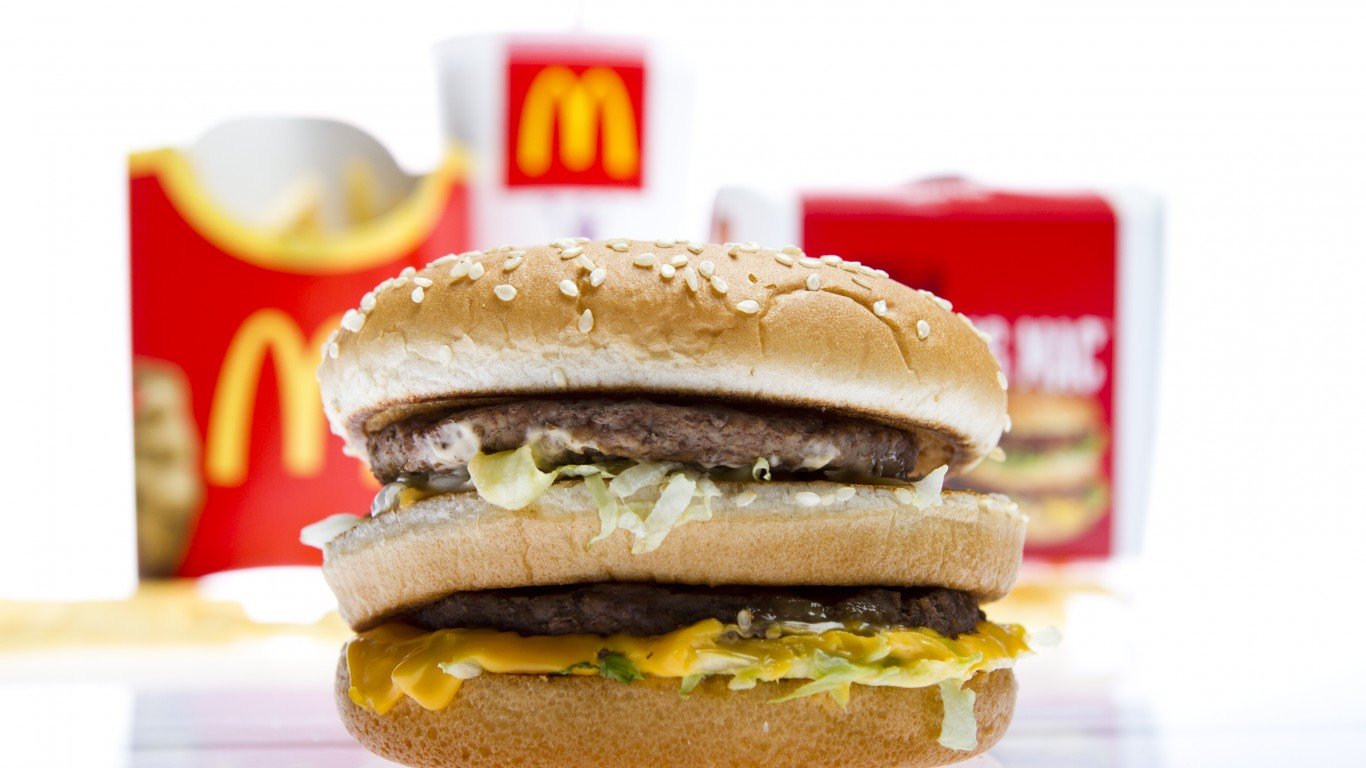
Apart from sugar and salt, the other primary dietary issue at McDonald’s is caloric intake. Calories themselves aren’t bad (they are actually just a way of measuring energy), but if you are regularly taking in more energy than your body can handle, your system is going to start putting it into biological batteries (fat, love handles, beer bellies, cankles, whatever you like to call your biological batteries). When the body has an excess of fat, it can begin to impact things like organ function and have a cyclical effect on activity levels (less movement means more fat, and so on).
McDonald’s has a lot of calorie-dense foods. Looking at the data provided by Spoon University, we can see that the most calorie-dense item you can order is the Big Breakfast w/HotCakes, totaling around 1080 calories. For most people, this is a little over half of their daily caloric needs. A large McCafe Frappe? 750 calories. A standard meal, let’s say a large fry (510 calories), a Double Quarter Pounder w/ Cheese (730 calories), and a medium soda (146 calories), totals 1,386 calories BEFORE any sauces. Even being relatively conservative with things, it’s very difficult to avoid overeating at McDonald’s.
3. You’re Worried About Sanitary Conditions

When it comes to dining out, particularly at fast-food establishments like McDonald’s, one might assume that stringent hygiene standards are a given. However, recent studies have raised concerns about the sanitary conditions, specifically in relation to the beverage dispensers.
A study published in the journal Drinking Water showed over 40% of water samples collected from fast-food soda fountains contained coliforms, a type of bacteria associated with contamination. The fact that these types of bacteria were found in so many of the fountains brings to the forefront plenty of questions about the overall cleanliness and maintenance of beverage dispensers.
Additionally, fast-food restaurants generally don’t have a great track record when it comes to their ability to monitor hygiene at the franchise level. With thousands of restaurant locations, it’s hard to guarantee total safety at every single level.
That being said, McDonald’s is making progress on this front and has some of the most stringent sanitation processes around. Even more, they’ve started eliminating human-operated drink dispensers, instead moving towards automated machines that reduce contamination.
4. You Want Absolute Clarity About Your Food
In an era where consumers are increasingly conscious of what goes into their meals, transparency about food sourcing and quality is expected in a way that it previously wasn’t.
Over the years, McDonald’s has faced some controversy for various aspects of its food sourcing and production. One of the most notable incidents involves the “pink slime” controversy, where an ammonium hydroxide-treated meat byproduct (pink slime) was reported to be used in McDonald’s hamburgers. Although the company eventually discontinued the use of this substance due to backlash, the damage was already done in many ways.
Additionally, issues related to the sourcing of ingredients have always been around. Questions about the origin of meat, the use of antibiotics in livestock, and the overall quality of ingredients have been persistent challenges for all fast-food chains, with McDonald’s probably taking the brunt of the impact. McDonald’s has made efforts to address these concerns, but there is still plenty of (aptly placed) skepticism from the public.
For consumers seeking absolute clarity about the origins and composition of their food, McDonald’s history suggests some problems with that.
5. Companywide Worker Standards
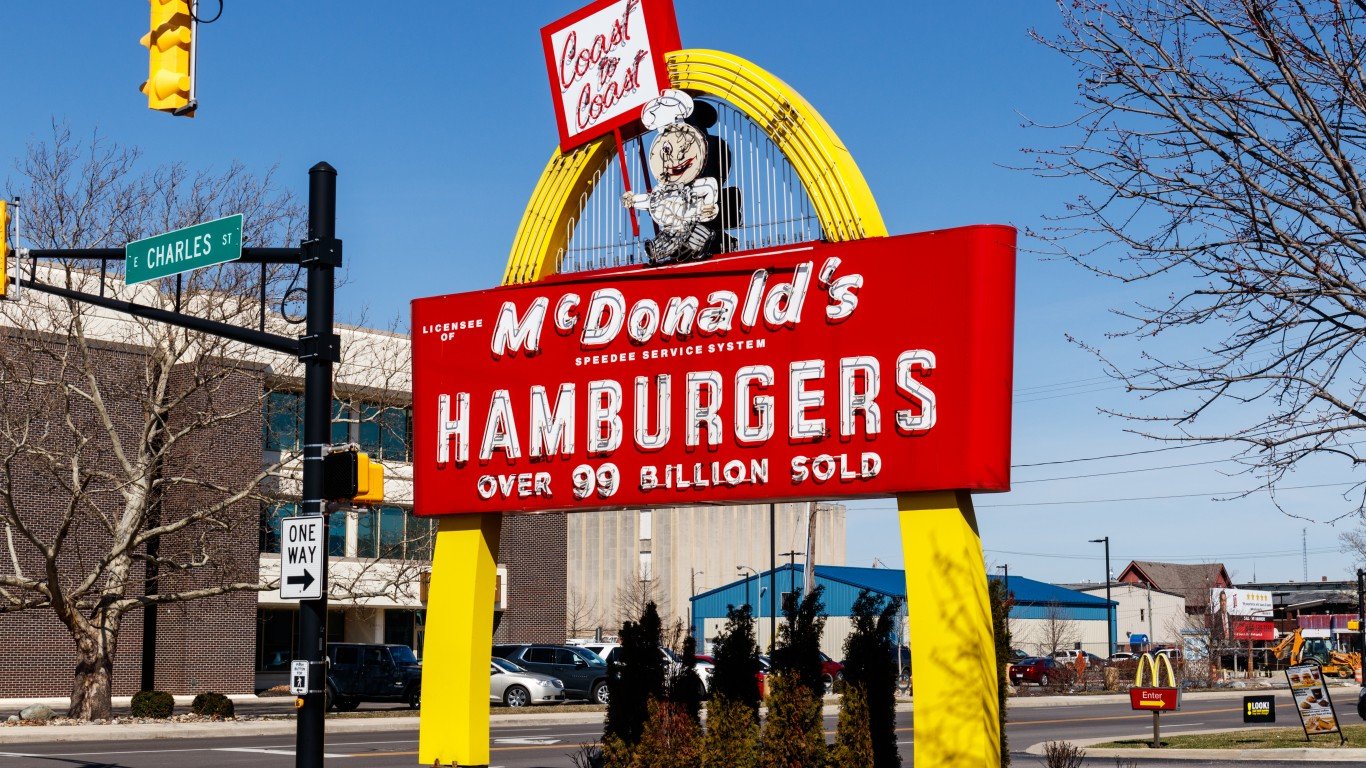
Food is more than just food. It’s the people who made it and the processes that it took to get the food from wherever it came from to a plate (or box, in this case). That doesn’t happen without employees, and employee standards don’t just protect the consumer; they also protect companies from harming people for profit.
Clarity in this process is important and it’s almost inevitable that a large company with many low-wage workers isn’t going to become embroiled in some kind of controversy. That being said, McDonald’s most definitely has a long history of worker abuse, underpay, and more.
According to OSHA, workplace violence at McDonald’s includes physical assault, threatening behavior, and verbal abuse, all of which have been reported within the restaurant’s settings. A report outlines the extent and severity of workplace violence at McDonald’s stores. This analysis incorporates data from reported violent incidents in the media, specific violence data from locations such as St. Louis, Missouri, and Chicago, Illinois, and interviews with current and former employees.
The report shows some of the major ways that McDonald’s falls short in fulfilling its legal and moral duty to provide employees with a safe work environment. Notably, the analysis points to McDonald’s extended operating hours, the longest among its national competitors, as a significant factor that regularly exposes thousands of workers to risks associated with the heightened levels of violence during late-night shifts.
Interviews with workers provide additional insights, suggesting that McDonald’s is not adequately training its staff or consistently equipping its stores with essential violence hazard controls. For many, convenience and a cheap burger aren’t worth it if it costs someone else their safety or well-being.
6. A “Colorful” Ethical Record

Beyond the golden arches and iconic branding, McDonald’s has faced a spectrum of ethical challenges. The company’s record is, indeed, colorful, and public concerns about environmental impact, the treatment of animals, and legal “entanglements” have garnered the attention of activist groups and the general public alike.
From excessive packaging to concerns about waste management, the company has dealt with accusations of poor environmental stewardship. Despite commitments to sustainable practices, the sheer scale of its operations raises questions about the effectiveness of these efforts and how they impact the planet.
Secondly, the treatment of animals in the fast-food industry has been a longstanding problem (choose one of the many documentaries out there to easily back this up). While McDonald’s has made pledges to source sustainable beef and reduce antibiotic use, ongoing controversies raise questions about the company’s ability to implement and enforce these standards, especially with a supply chain as large as theirs.
Thirdly, McDonald’s has found itself entangled in various legal issues over the years, including issues like labor disputes, allegations of deceptive marketing, lawsuits related to wage theft and workplace safety, and a whole lot more.
7. You Have Milk Allergies or are Vegetarian
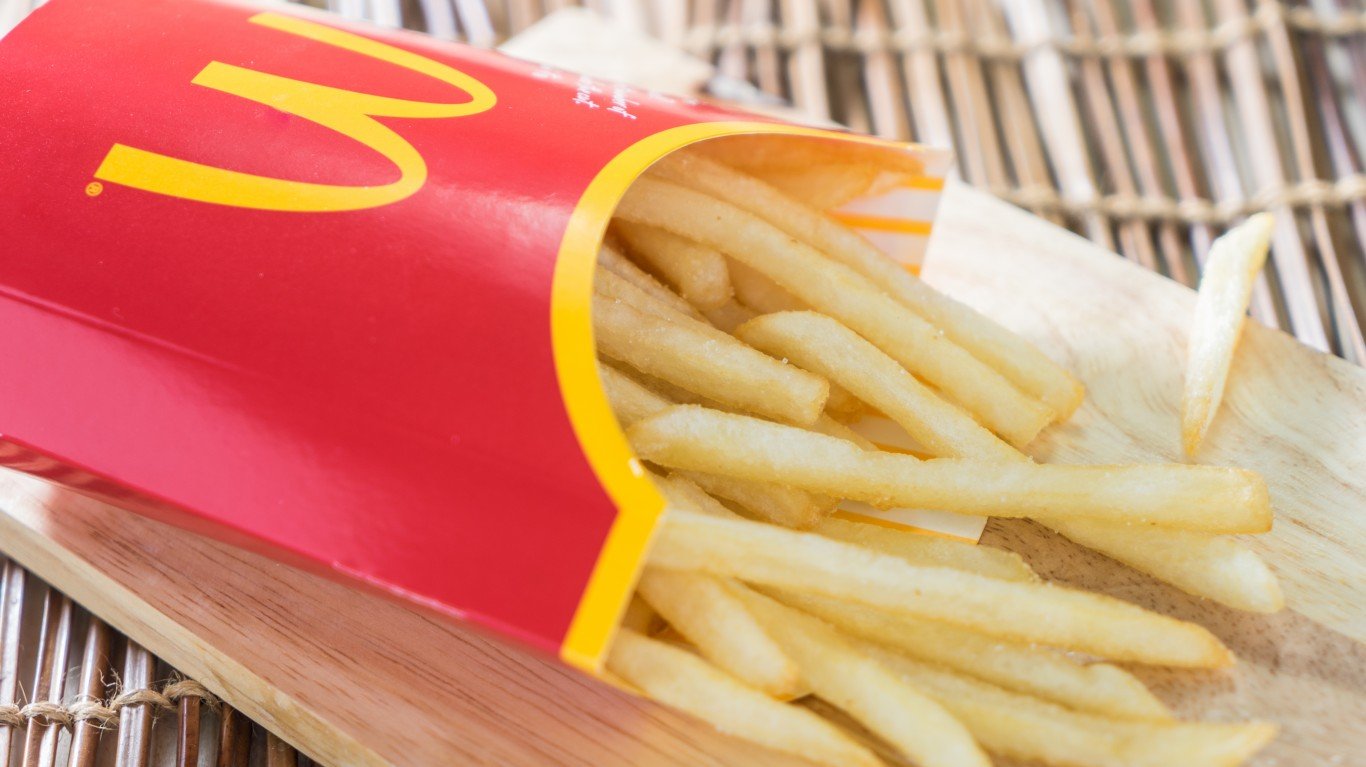
For individuals with dietary restrictions, there may be some secrets lurking in the fry bags. Recently, it was reported that some of their products, namely the fries, contain ingredients that may trigger allergic reactions due to wheat and dairy additives used to flavor them.
Until recently, the company had maintained that its fries didn’t have gluten and did not pose risks for those with milk or wheat allergies. However, a recent update on McDonald’s website now explicitly states, “Contains wheat and milk ingredients,” which is a step towards transparency, but the info is probably a few years too late.
Beyond allergens, there’s another aspect of McDonald’s fries that may raise concerns for certain dietary preferences. The fry oil used by McDonald’s is not vegetarian, as it is flavored with beef products. This can be surprising for those who follow a vegetarian diet, thinking that fries would be a safe and universally vegetarian option. They aren’t.
8. You’re Worried About Forever Chemicals, Plastics, and Cancers
There has been a LOT of talk about “forever chemicals,” known as PFAS (per- and polyfluoroalkyl substances), in the packaging of food. PFAS are scarily named “forever chemicals” because they last so long around the earth, but also in the human body. They are very hard to break down.
According to a recent study from Consumer Report that tested 100 food packaging products from 24 restaurant and grocery chains, eight major establishments, including McDonald’s, were found to have at least one type of packaging containing PFAS. These chemicals have been linked to an increased risk of certain cancer types, immune issues, liver damage, and other health concerns. The report also highlights that fatty and salty foods are more likely to absorb PFAS (you might want to take a look at the first item on our list again).
McDonald’s has planned to remove these chemicals by 2025, but that isn’t for another few years. It’s worth it to know the potential dangers associated with the things we consume!
Sponsored: Want to Retire Early? Start Here
Want retirement to come a few years earlier than you’d planned? Orare you ready to retire now, but want an extra set of eyes on your finances?
Now you can speak with up to 3 financial experts in your area for FREE. By simply clicking here you can begin to match with financial professionals who can help you build your plan to retire early. And the best part? The first conversation with them is free.
Click here to match with up to 3 financial pros who would be excited to help you make financial decisions.
Thank you for reading! Have some feedback for us?
Contact the 24/7 Wall St. editorial team.

